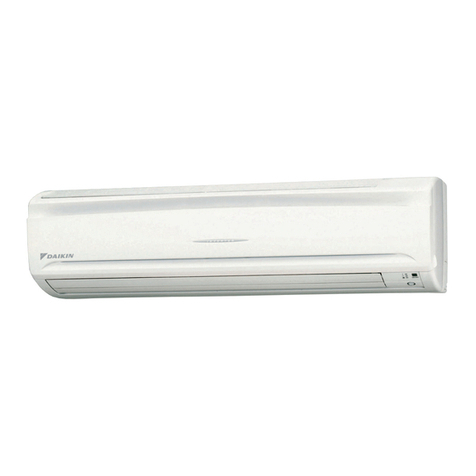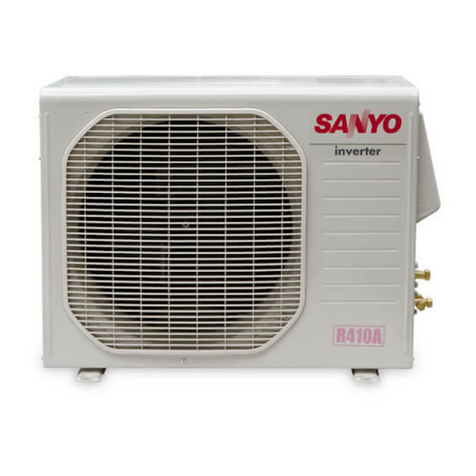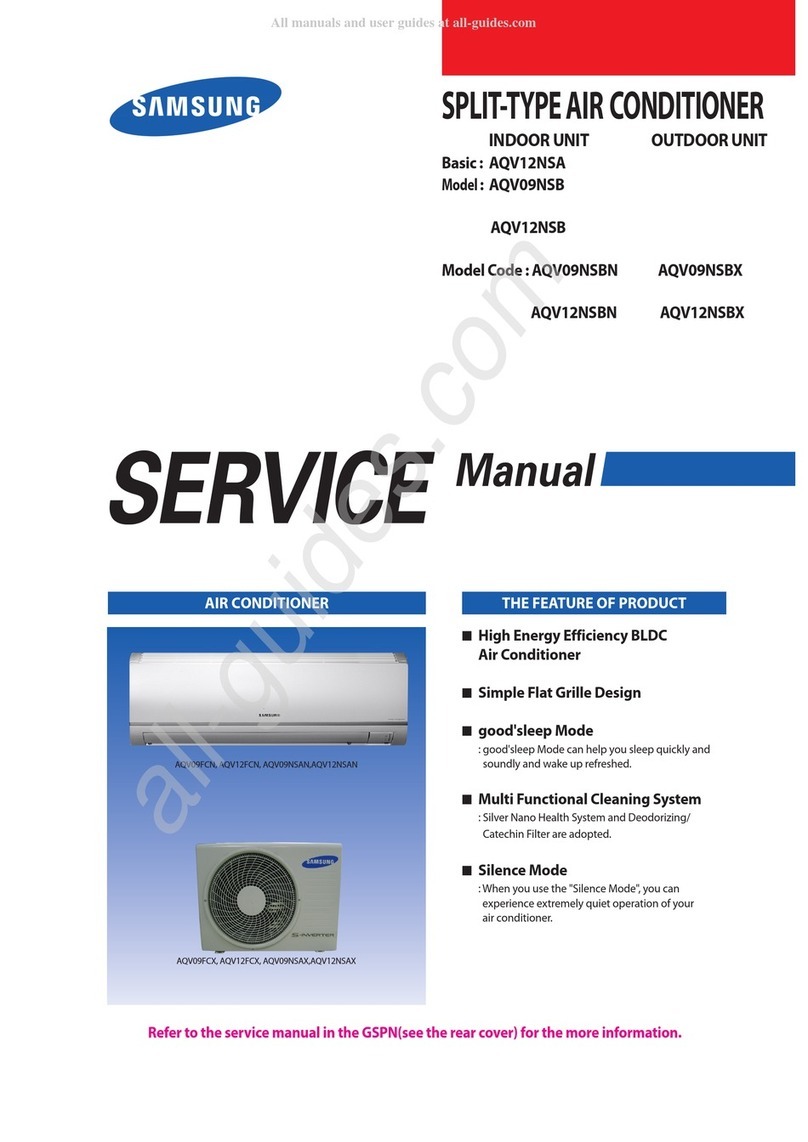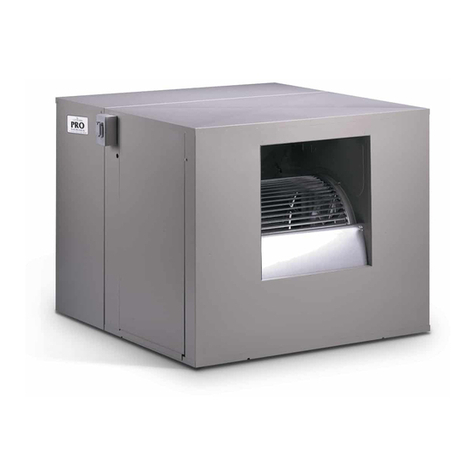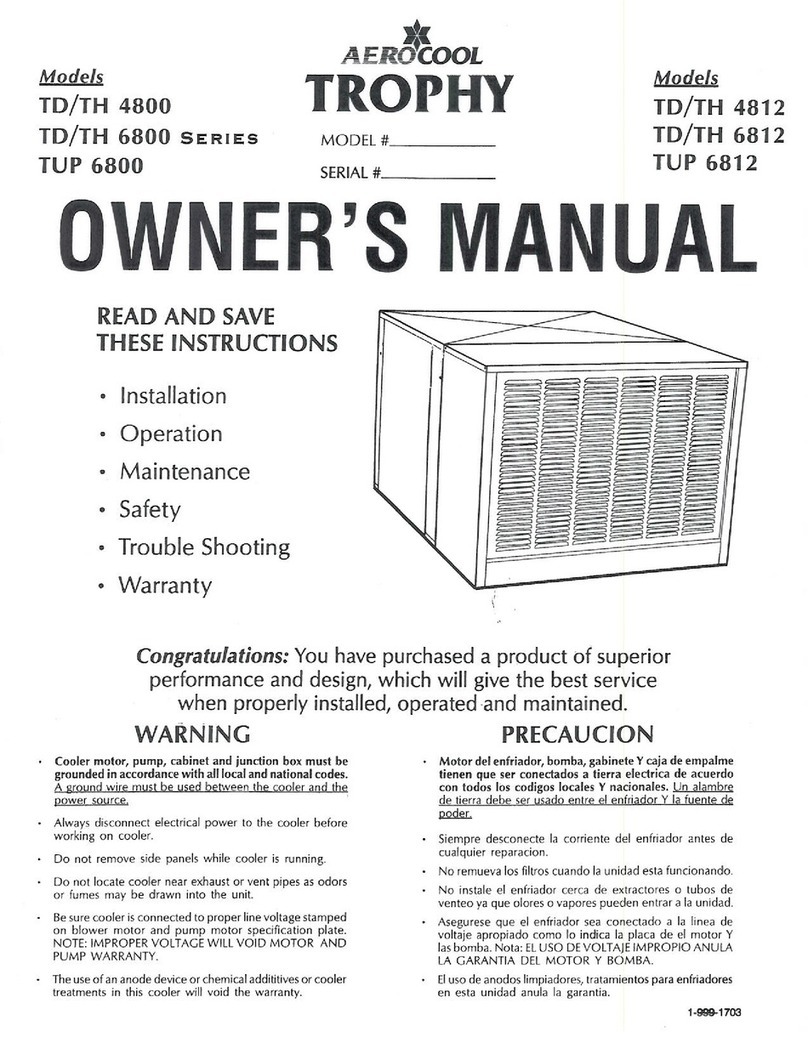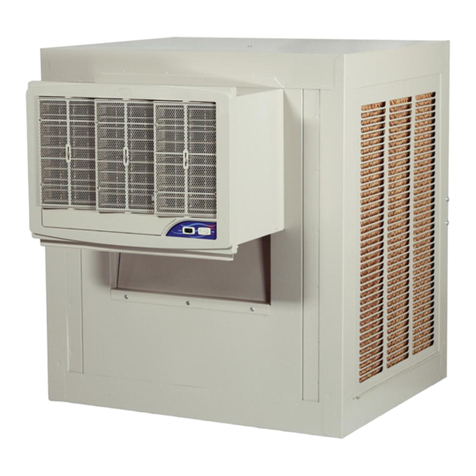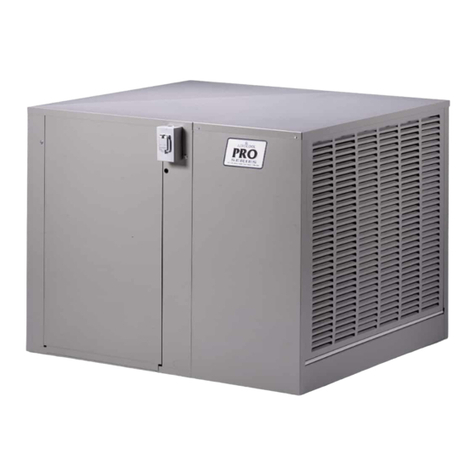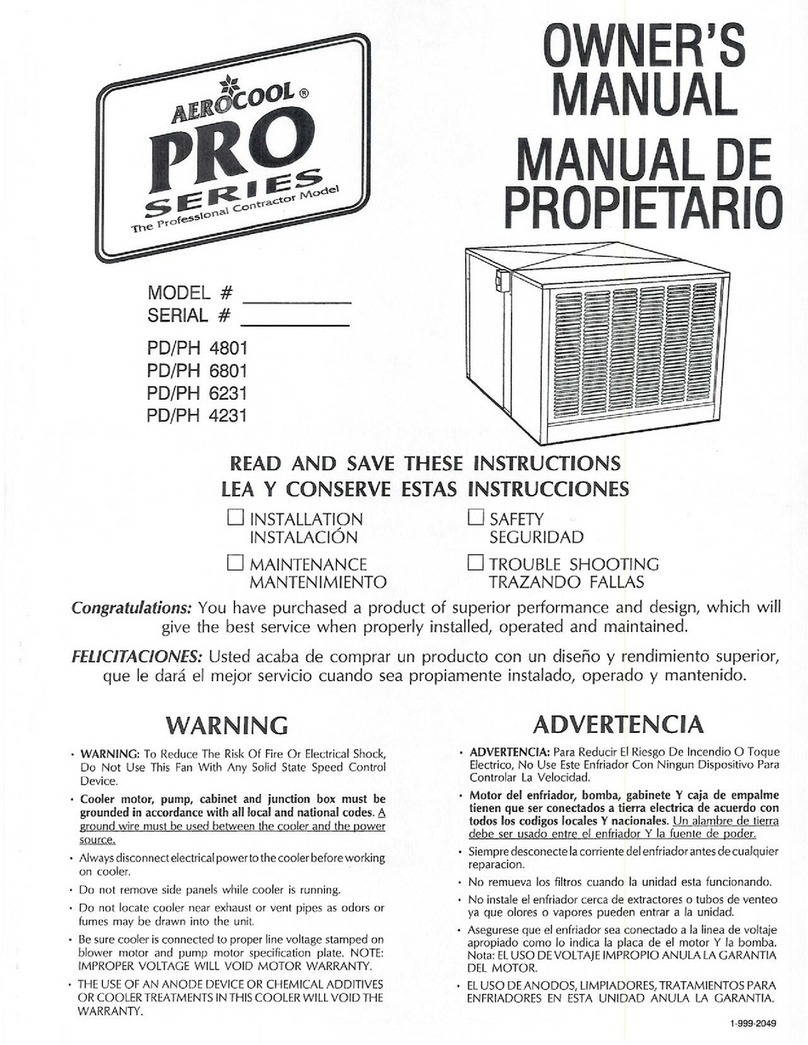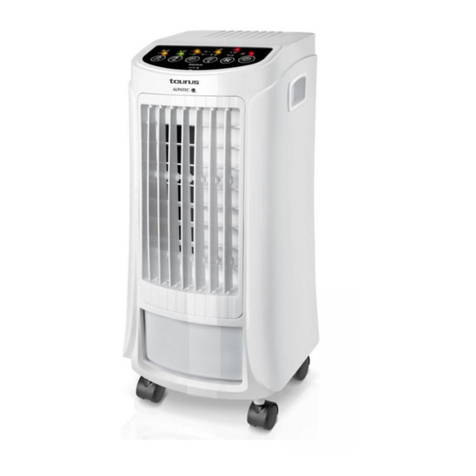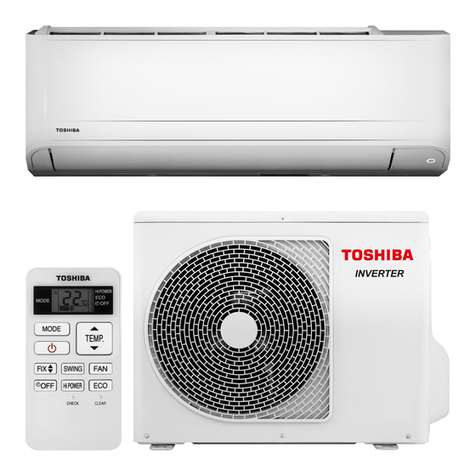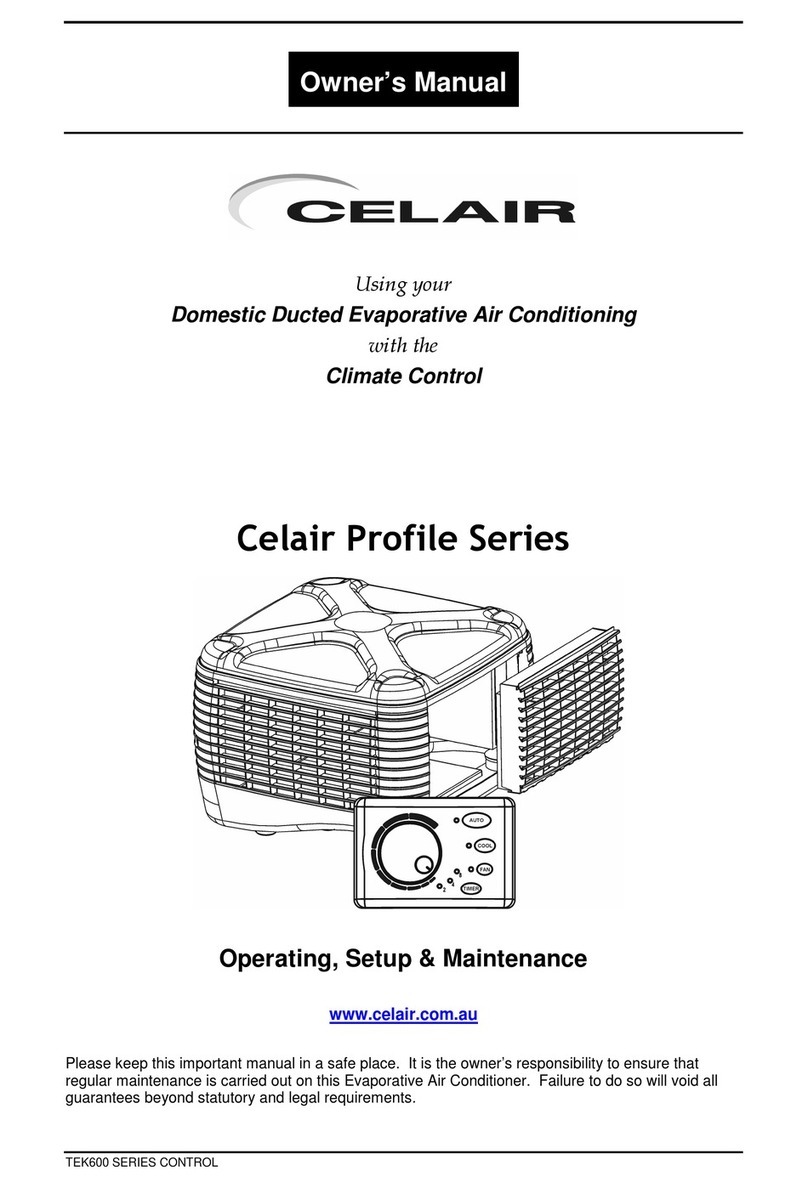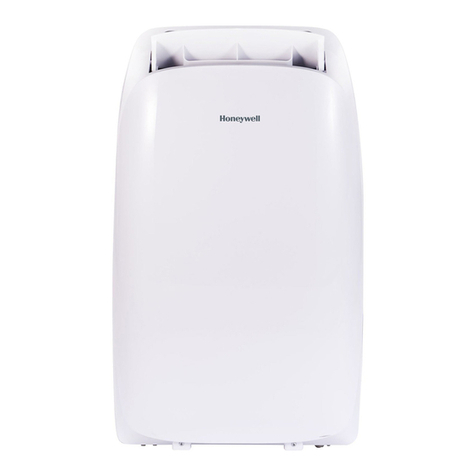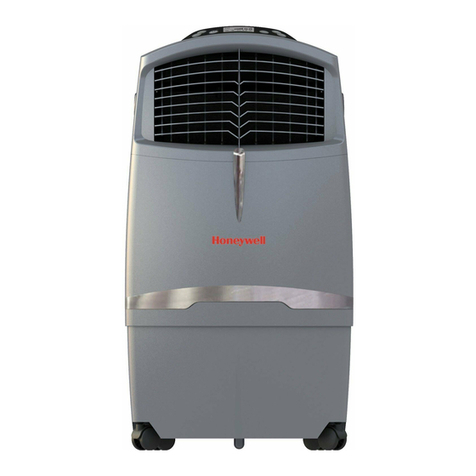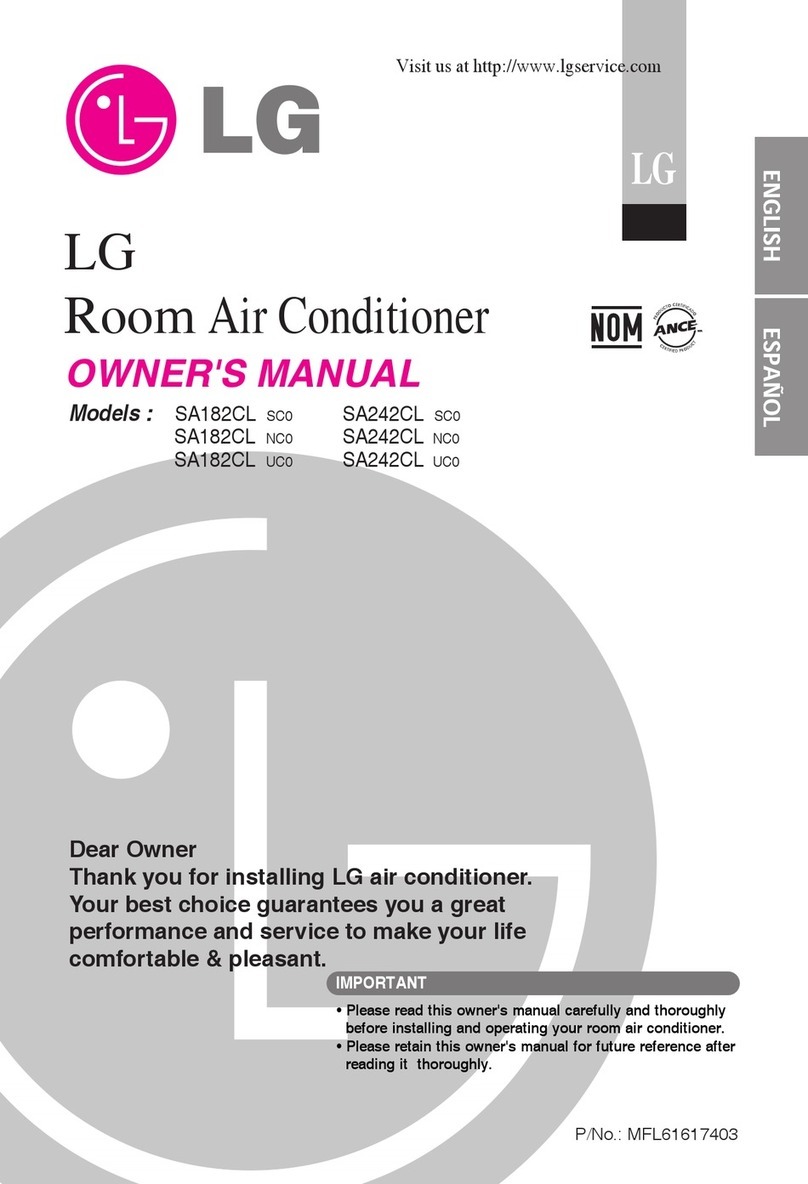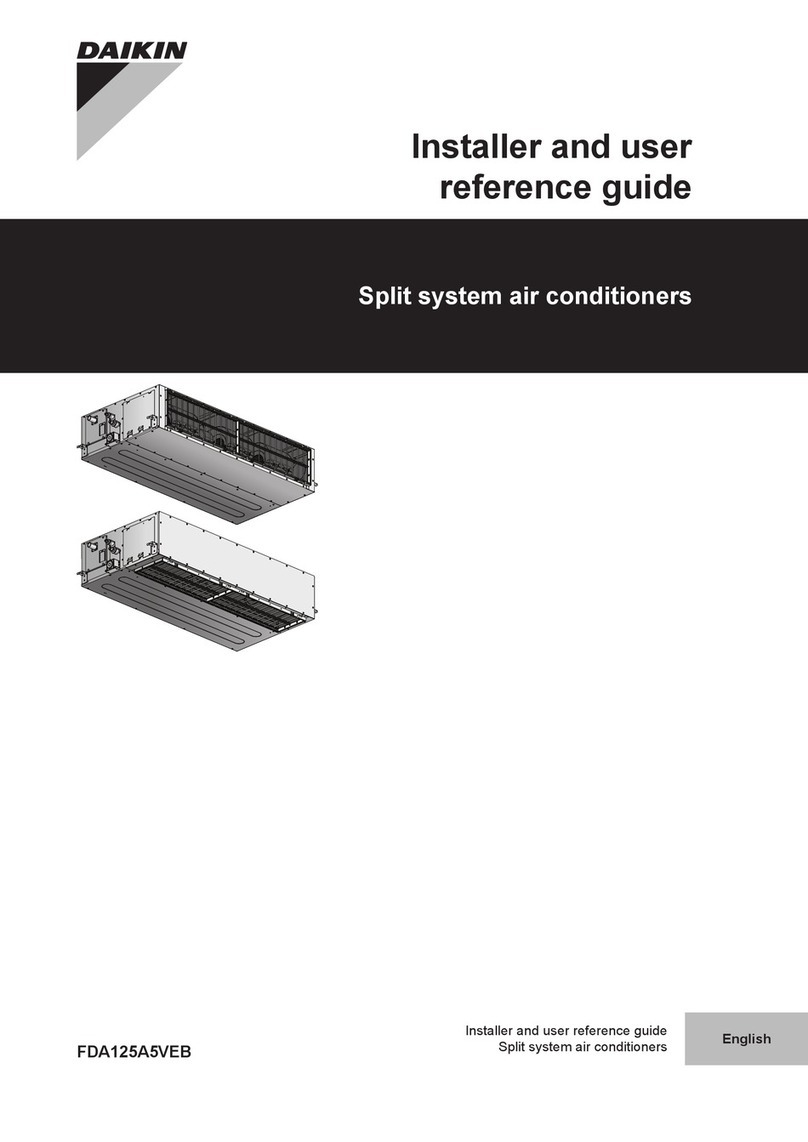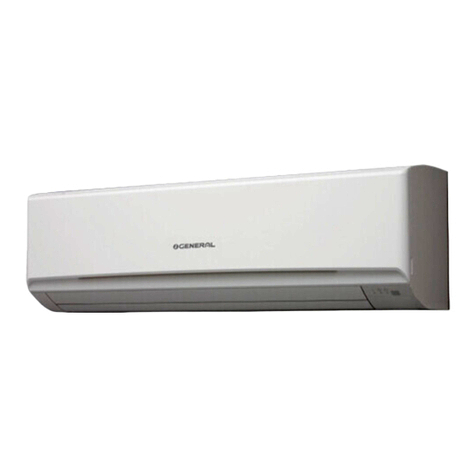
Enfr ado EvaporativodeVntana -Maual de UsoyCuidado
4 i r en
I E CI
NSP CÓN
GENERAL
La incip e en o list de specón der -comizo anua
CA N:
PRE UCIOe nealaieléc iD scoctetodcorr nteetr ca
fr adoan tent r st lar, abir,o da ledel en i rtes de in a in a rr
so s eni
ervicia
u frador.
nd ed looy
ao a p r r r o e e
A tes e pr n eremtrl b mb o p ime avez, n l
iez d d p a dnrmi t ,se r s d a r
com no e ca a tem orda e e f ia en o a gúeee hbe
hch oss n n s a st s. iiq e q :
e o t da laco exioe y ju e
Yverf u ue
nue fi
a o l n n d e a s.
PMo t radl en r d r anive ; ve taa yuctos s ll do
PEdclae e o e m tega , g o
lcorón vijast c rr ctaen ui do se ursy
ua d l rof er e
pe ig.
tr m , ra, lvu dt o ec. snPMoo,bo ba d en je vá lael flo ad r, t etá
rr caneia d m t met cio a s
co e t me t
nstla asy co ple a n efunnle .
e a ament c c da,
PLínea d guasegureone ta
ae a g nt lebi rt , sinfu as
oab s.
PFl arast o a p o iot do ju adlr pio n vel.
e
n
ebbil
e ae
i
hy
da
P
Imp let dela om a g ra ibr y su v . Saud
r e la btdim l t se li e e
emuvacu iera el pe ene(véa “ mpi za d la
o a rvse la r a n
b mb”) y e i otció .
Pe ú se e s o il s d la b a e , p e mp lsa
As g re qulo trn loe tur in , je ol a i u da
y sp so s e la p le típt d
lo o re re d oa mo r z
estén a re aos.
PP le t iz l e b a li a eb n sió
o a mo r / po ea d tur in a ne minto ie ; ten n
r a e aarb a ga li e n e
cor ect n
la b nd , tu in irbr me t .
Cqu e ez
he eo de mpi o
RE AUC :
P C IONNuncperenid in filo
aolau ad s los tr(s)
y e l ire.
Etoultra n on óne/o la
r jilla dea s resa í e cdici d
sobepodí dal tor.r carga y r a ñar e mo
ave f r h qo l n t la n l efiao n c m n
P ra riica y c e ue de a i s a ció de n r d r e el o ie zo
icia u l, ae sig ie r d nin l oan a sig l u ntepoce imie to.
Ha á la sa a / t lan n n p r s, )
Pbrslid s ven i cio es(ve taas,ue taetc.
Pnfl c r ó l a e
eet lo d r .
E chu eeo dn
cavij n
el r c p acu e pa ed
PVefu o a eel il r jar o .
ri iq e si la bmbmp zó y os f t osse mo n pa ej s
Preo e u o .
Obse v c mi nza y f ncina
ncaso de oblas en o dep , r ias a l
Epr emalgunestos asos efére la ista de
tazando l pág6.
rfal as en ina
st icc g ete
Lia de nspeión
del
abin
D u eco nin l unen p c o s p r iesp és d l miezo icia y d ra t ise ci ne e iód cas,
r or e lo u n efé sel l r n a aevise ubse vsig ie t : Re i ra a aistataza do f ll s enla
á ine q se r .
pga6 si s ue e n cesa io
Pad s a d g , i r g i te t
Fug s e
la líne s eaua
fltos, ab ne, e c.
PFilr l e a rsmon pa enr s c s.t osde nfri do : e je r jos, o á ea se a
Pla s evl d g
sa o re oE ju te d l
ni eel a ua e
c r ct .
PVe f q lf u e aaolpa j n e
ri i ue e l jo d gu cmp eto y re oe l
sist mi r u i .
e a
dedst ib c ón
Pu in mi n l re n n is xta s.T rb a / otor gra ib mete, oru doe r ño
PCdn d b d tn/ in a n o
on icióe la an a / e siónalemie t .
Peinarl m t rll l g i t ,
Rv se la mo t du a de otor, o ni os de ab ne e
n o o e o ee s o a latu in pt otor ill spr s r s n la plesy derb a a re ad s.
LIT D
E
ATNM
INOSA MNEI ET
Ma t niet reul r e insp ccions prió ica on la c ave e un
ne im noga e e e dssl d
bu no ro on adose v ciodsu Aeoco l ef ia or. Elnfri do
eyp l g rie r o n rde a r
eb rebir ervicio ompl tameno u a ve por año ymás
decis ce o s nz
se uios l s co di ine lo requren am ientpolvo uso
g d i a nc o s ie ( b e ,
cons ant , cal ad d l gua, e c.) a a áxim ef ene
teidea t P r m a ici cia d
en r aminto ar a vda y paren , ca a do me s d ra te
fie, l g i ai cia ds se u n su
pera i n, l enrad r deeser inseciona o ympi do.o cóef i o b p c d lia
NOA: No ponerle braadepós tde a ua
Te l i o g
El deói o dsu en r ad r tne u acbado connuestro Pe la XT
p s te f i oie n a b r
cab d tipoa tfct.Ean d ro qu la b eano se egrá alfnd .
aaore a o s t u erp a oo
Lapa se esp gará y se so ar , t pando la b mb y el distri ui orca d e lt áa oabd
d gu.ea a
NOA
T:N use mpdore pa aenfria o es, án do tra am en o
o li iasrdr o s, t i t su
toaditivo uímico ne e n r dorE uso e a itivos oo r q e st e f ia. l d d
trataenos ra l agautoq e n sasa gr do nularlamit pa e u o r u o e n aaá
gra t ay pe ju icar a vida d l enrad r.
a n í r dál ef i o
nte de ce r la racón dea enimi nto, le
Asom nza ope i m nt ea
t l amnte todaslas i struc i nesemant nime o yde a l da e ncod e i nt
ope ción erv odaslae auci s y adverte i s
ray obs e t s pr c one nca.
impia
Lez
PRECAUCIO:Na ve su nfr adorn m ngue a
Nunclaeico a r
de j n; El aguauede ñar el m rla bomo en arardí p daoto y ba tr
alcon cto. M rsdaña spor el agu O los cu
du otoedo a Nbrela
r ntía.
ga a
Maeria es xt añ s, sar o,dpó t s dsa min ra es t beet le r or e si o e l, el e c. De n d
re overs e la re illasd osi os, fondo y o ros mpne t s. El
m e d s j e l f ltr ,t co o n e
cab dodra er e e fria or se pu de pone co o n nd cióna a u d o d su nderm e co i
de nu vo usa do aua tib a y unt ap ave
engi r o su
NOTA: Evit estro jo , estro jo oboch s ea amb e, estos
e pa s pa s r a d l r
da ar n él a ba o estimulano la co ro n.
ñácadd r sió
Manteniento Insp ciónim e ec
IM ORTANT:
PEAntese opl en ia r al cienzo
d erarefr do om
cadmporade enfriaento, os ej del
de a teadmigire l es a
tu bi,emoto , la mba on mapara aegurarser nalr boclanos
quegiren br mente Eln hac podíarsultar enun
li e .o erlo r e
motor emad
qu o.
In pecció pri dica de su n r dr ue e ealzar la v da lib e e
sne ó ef ia o pdrird
p ob ema e e e Pra áximeficie ciacadadosese d rante
rls dst . a m a n , msu
su ope ació , o n ualqie osón qu h br e enfiadr, o eb
rn e c ur ca i e aál r o lde
nsp cc onrlgna su er ncias
ieia .A usg e:
P¿Revi epor g t ra d s ios, gab e e etc.
so e s e lo f ltr int , ?
Pncu n r un os se s nla paja cua d n opercón
¿Ee t aptcoe noea i ?
P¿E cue tra losto nil os, u rca y t rn lo
n n r l te s o il s
op eso esap etads?
r r ro
Poidos exrñsn lachumace aso moore ?¿S n t a o e srt s
P¿L t rb a g ra li re en ea u ini b m t ?
P¿Flo ad r alco re o nvel?
t o rct i
Plagua d l de ósi o l pia?
¿E e p t im
P¿Co d n d a ba d / tens ón al ne mie to?
n ició e l n a i /i a n
jtetenóndea ba a
Aus silnd
Cad vez que in eccio e su nfri do , se a gu a d resr l
asp ne a r se r e vi aa
e sió de b nd enlesam le de mot r / t rb na Res la
tnn la aae n b o ui . vi e
co di ine
a an a s tiee esg st
u otro de ec os evise la
n c ó d l bdi nd a e sf t . R
al ne ción d la polea im ulsa a n a ol aotríz ( éase ag a 3i a e p dcol p e m vp in
parsos n má d ta les)a pa co s
el
.


